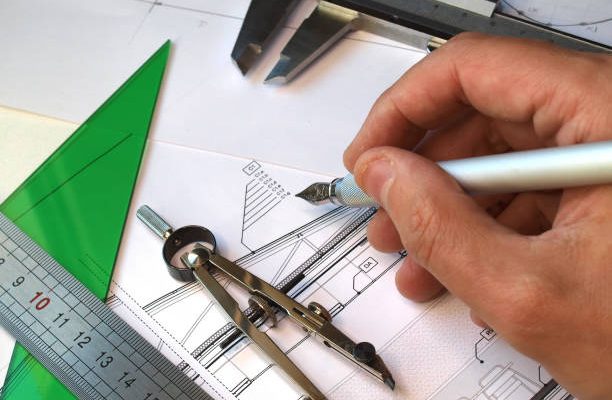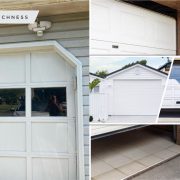The process of creating and editing technical drawings, as well as annotating designs that are quick to create and modify without changing a part or assembly document, is known as 2D drafting and drawing.
Engineers have been using 2D drafting methods for many years because drawings have always been an important part of the manufacturing process. Indeed, 2d draughts and drawings have been used to convey design information in the creation of a product since the beginning of engineering.
Since the introduction of complex CAD technology, the 2D drafting process has been significantly accelerated. Furthermore, advancements in design tools have contributed to greater versatility in creating 2D draughts.
However, with the use of increasingly digital and robotic 3D manufacturing processes, the applicability of 2D has been significantly reduced over the years.
Many issues associated with 2D drawings have been eliminated by 3D drafting techniques, and it is predicted that 2D will be obsolete in the coming years.
While there appears to be a decline in the usefulness of 2D drawings in the design realm, it remains in our workflows. Engineers and designers still need, create, and use them daily.
To help you understand why 2d drafting is still used by engineers and why it is still relevant to their profession, here is an overview of the reasons it remains useful.
Easy to make design changes
2D drawing is an excellent tool for communicating new ideas and taking notes. This brings us to one of the potential benefits of using 2D: the designs are simple to change.
If engineers discover design flaws that were missed in the 3D environment, 2D drawings can be extremely useful in locating and correcting those flaws. They can also be used to provide other engineers on your team with a concise and compact form of design revision history.
Easy to use and share
2D drafting is a well-established technique, and the standards and symbols used in 2D drawings are well-known throughout the industry. Furthermore, the 2D design allows engineers, manufacturers, machinists, and other professionals to easily annotate the design with their notes.
In a 3D environment, 2D drawings communicate information that is difficult, messy, or even impossible to express. Drafters, for example, can highlight important information on 2D drawings so that manufacturers do not overlook anything important or misinterpret a potentially ambiguous specification.
Furthermore, 2D technical drawings can be moved, shared, and read in a variety of environments. Particularly if you don’t have a portable device or computer, making it easier for engineers to access the information they require.
Cost and time effective
2D drafting solutions are relatively inexpensive to develop and can be used with both print and web-based materials, making them extremely versatile. You can easily modify them, eliminating the need to pay professionals for costly alterations.
Furthermore, their simplicity makes them faster to produce and easier for viewers to analyze, saving you a significant amount of time. This allows the designer to concentrate on the areas that require additional attention.




















